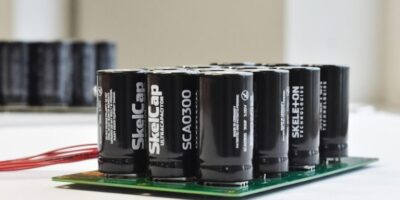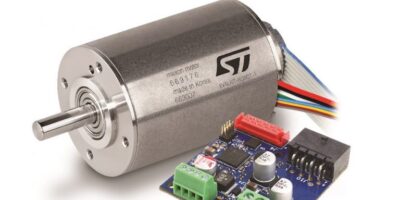As artificial intelligence (AI) grows, Farnell and elemen14, an Avnet community, are expanding the AI products and resources available to engineers. This includes availability of the BeagleBone AI single board computer (SBC) and online resources to help overcome the complexity, cost and power challenges of developing for AI.
The BeagleBone AI, one of the newest AI products available from Farnell. The SBC allows developers to have their automation for industrial, commercial and home applications designs up and running within five minutes.
element14 community members can learn the fundamentals of AI in a free online course. The AI Essentials Course covers algorithms, the Bayes Theorem, machine and deep learning and typical AI applications and gives makers and engineers the tools they need to further incorporate AI into designs.
There is also an interactive tool, the AI Configurator, which enables engineers to quickly determine the most appropriate products and solutions for AI projects. New products such as the Raspberry Pi 4 Model B Computer, Ultra96 V2 development board and BeagleBone AI are incorporated into the tool. The AI Configurator is part of Farnell’s AI Resource Page.
The new element14 Artificial Intelligence page features all of the latest element14 AI content including a range of member projects, Tech Spotlights, blogs and products. This area will also feature the element14 Presents weekly video series, with videos focusing on the new BeagleBone AI. Community members can sign up to receive updates when new AI-related content is added.
Farnell is the only high service distributor with a dedicated AI space and a community of 650,000 members with an ongoing focus on AI applications.
Farnell has more than 80 years in the high service distribution of technology products and solutions for electronic system design, production, maintenance and repair. Farnell supports its broad customer base, from hobbyists to engineers and from buyers to maintenance engineers. The Development Distributor works with leading brands and start-ups alike to develop new products for market and supports the industry as it seeks to develop the current as well as next generation of engineers.







